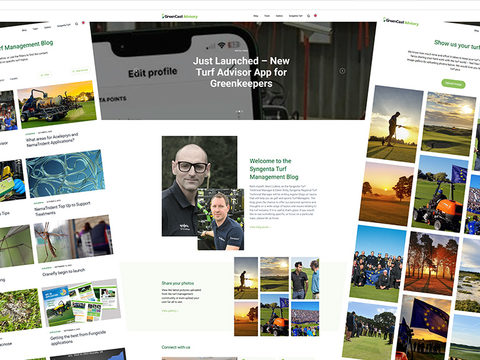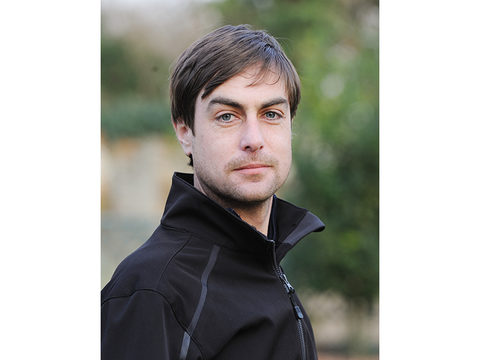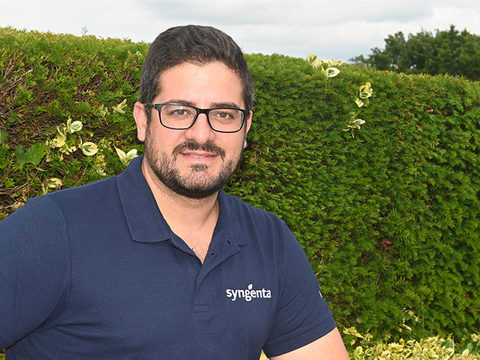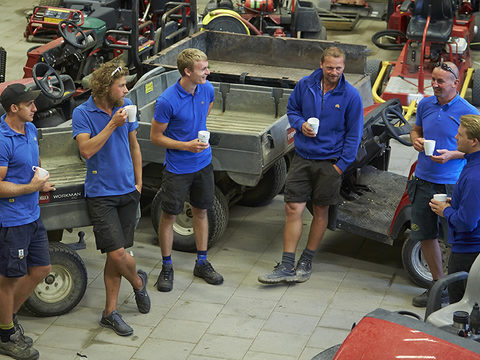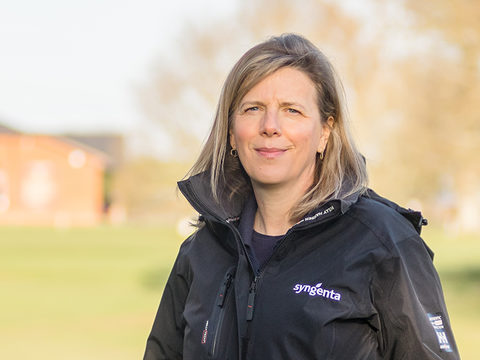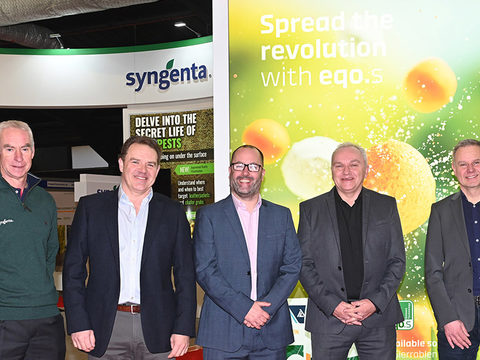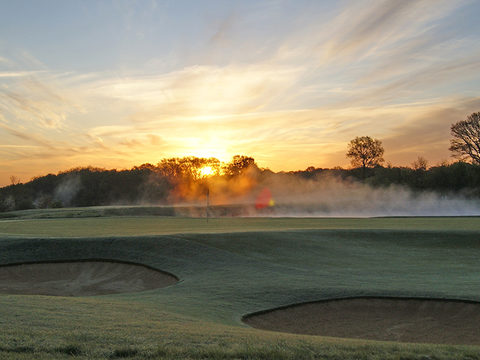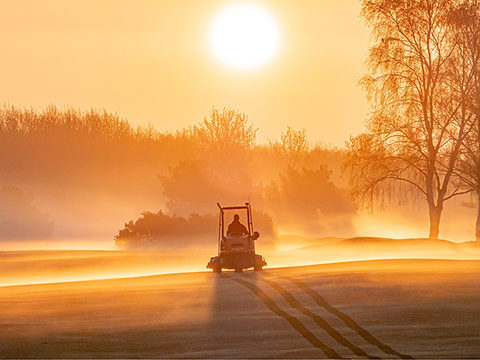The Open on a firm footing
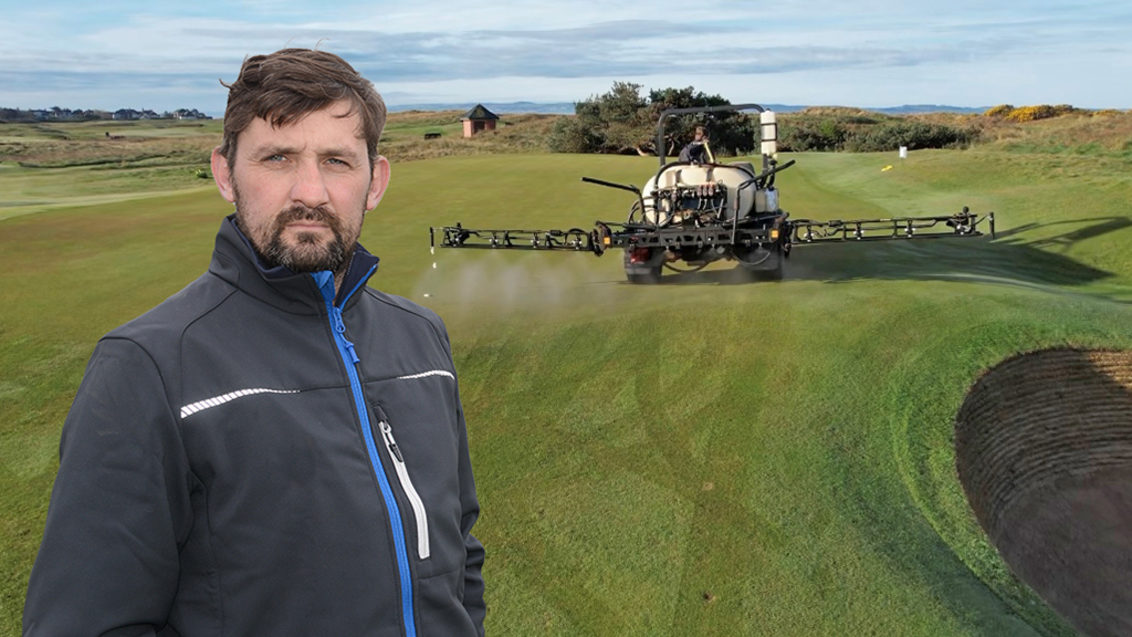
Surface firmness will be the key to setting up a challenging course for the world’s best players when they gather at Royal Liverpool for The 151st Open this year, according to Links Manager, James Bledge.
“This is the greatest golf event in the world, and Hoylake promises to be the premier of courses to truly pick apart the players,” he told Syngenta Technical Manager, Glenn Kirby, in the latest episode of On the Horizon.
“It takes real skill to plot your way around the course. Testing the best players of the world you need to have holes in challenging positions, so we need to create firm greens and surrounds that will perform at the highest standard wherever the pins are positioned.”

Coming soon .... watch out for the new episode on the 17 June
James highlighted that firmness is a key element that they have worked on in the 14 months that he’s been at Hoylake. While the sub-surface, below 40mm, was good, the focus has been on building firmness in the top layer – primarily through laying off from aeration and adding more sand.
Over the past year some 180 tonnes of sand has been brought in and spread in successive top dressings, with organic matter in the top layers reducing from around 7 to 7.5%, down to 4.5%. “That really enables us to be in better control of the parameters with firmness, which leads to surface speed,” he explained.
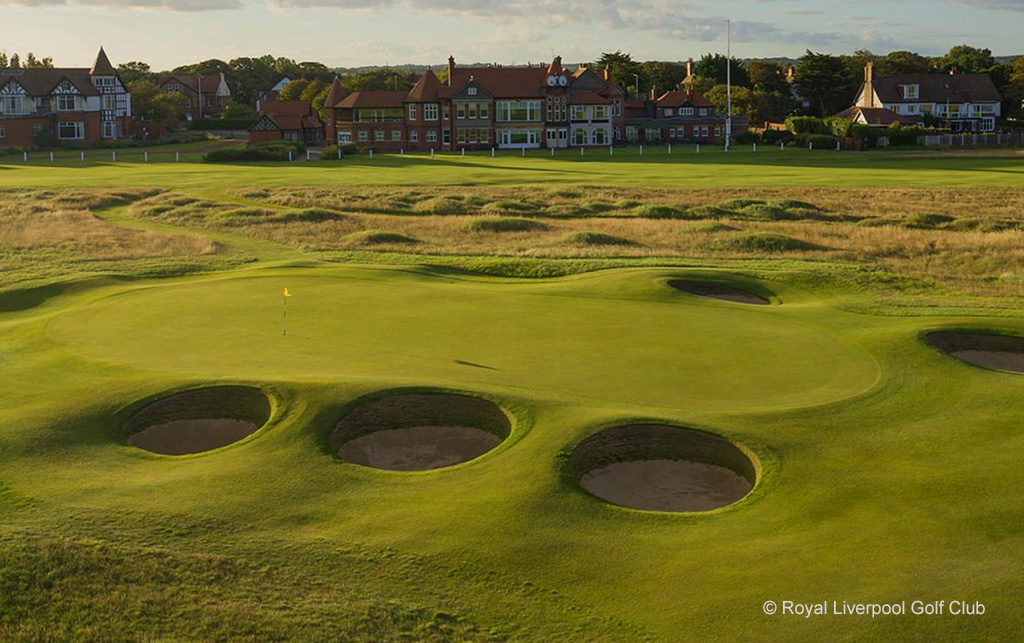
To minimise aeration slitters would still be used over the spring, but no deep aeration or coring until after the championship in July, James added. “We will go through regularly with the groomers just to remove anything undesirable and get the speeds. It’s now going to be a case of cutting to refine the finish.”
James acknowledges that the reduction in aeration in preparation for The Open would be a change in strategy to the more normal year management of the course, when he’d typically go through with a six or eight mm solid tine core every six weeks.
“Otherwise, we don’t really look to make the management any different to what we would normally do. This is how I would expect the course to be set up, year-on-year.”
With the focus on firmness data is collected fortnightly with a Clegg hammer, along with moisture readings and a stimp test. In the lead up to The Open the agronomist’s Clegg readings were hitting 120 in the centre of greens, he reported.
While the technology and data capture provides a valuable benchmark of progress and guide for decision making, James also places a high priority on actual playability – where he believes smoothness is of greater value and more appreciated by players than speed per se.
“I’m not a big speed hunter; I’d much prefer to get out and have a putt and feel how the greens are playing.
James highlighted the course was looking in excellent condition in the run up to The Open, having benefitted greatly from the relatively mild but wet conditions through early spring. For a west coast links course, rainfall levels that could prove highly problematic on an inland parkland were hugely beneficial for turf growth.
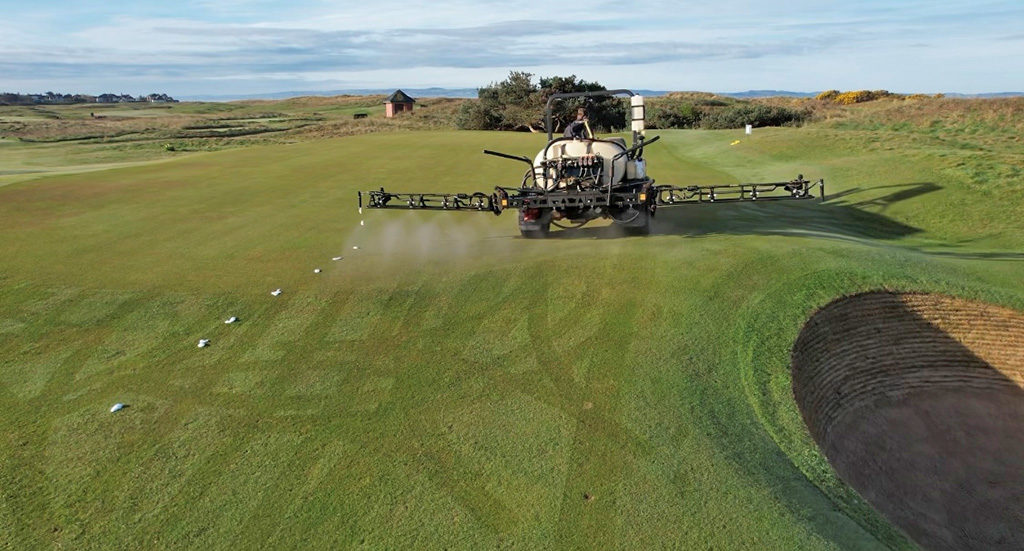
More typically, lack of water is a key concern for turf health. Managing moisture and making best use of available resources – both natural rainfall and irrigation – is a primary objective. James recalled that his first year at Hoylake was a baptism of fire, with the driest year on record. Then he ran a full Qualibra programme on monthly applications across greens, tees, surrounds and fairways.
“Even though we used our full irrigation allocation because it was so dry, we did see the turf brown off in the intense heat and no rain. But when it did finally break it was incredible just how quickly we saw the turf bounce back to health; it just pinged back that I would put down to the Qualibra.”
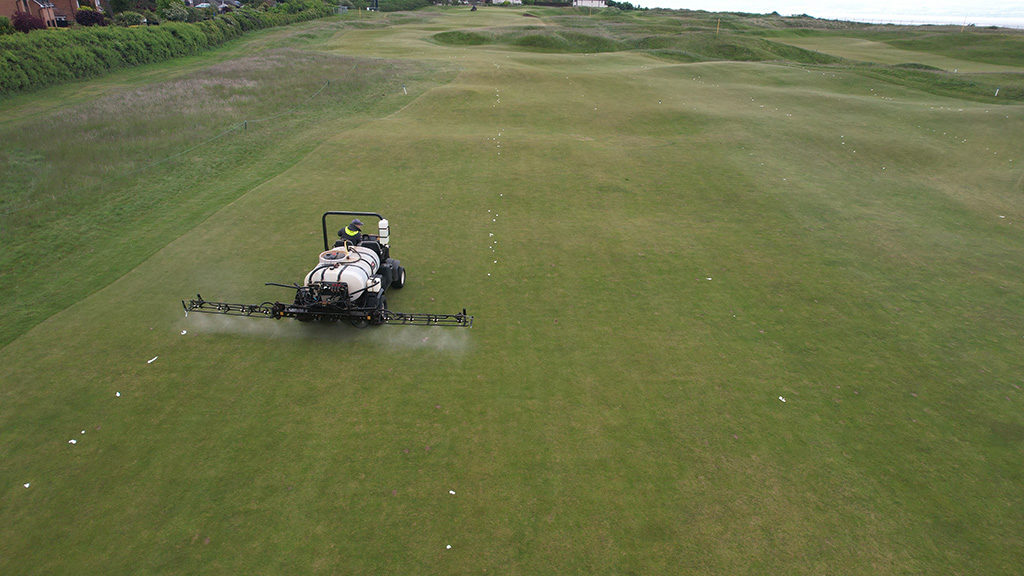
This year for The Open the Qualibra programme has been extended further across the course, to also include paths and semi-rough as well. All the greens, tees, fairways and surrounds are prioritised on a regular programme and irrigated in after application, while the semi rough is treated to coincide with rain events, to save on additional irrigation.
“We’re very happy with the performance of Qualibra as a wetting agent. It’s tested to the max here where we have very hydrophobic soils," said James.
"There’s not many wetting agents I’ve seen that could cope with it, especially in weeks three to four after application; it’s difficult for any wetting agent to have that sort of longevity.”
The Qualibra has been applied in conjunction with ICL’s Sportsmaster WSF SMX 20-0-0 water soluble fertiliser, at a rate of 10 to 15 kg per hectare on the fairways depending on the level of turf growth; tees and greens get a similar treatment with the nutrition further tailored to growth. “It’s very convenient and we’ve had some very good results from it so far,” he reported.

With the course having a long history of fairy ring, particularly Type I and Type II on the fairways but also on greens in some seasons, moisture management does play a significant part in minimising the impacts. Furthermore, James scheduled a series of Heritage applications in the run to The Open to target the fungal pathogen build-up and reduce stress on plants. Greens have been blanket sprayed across the course, along with areas of fairways previously affected.
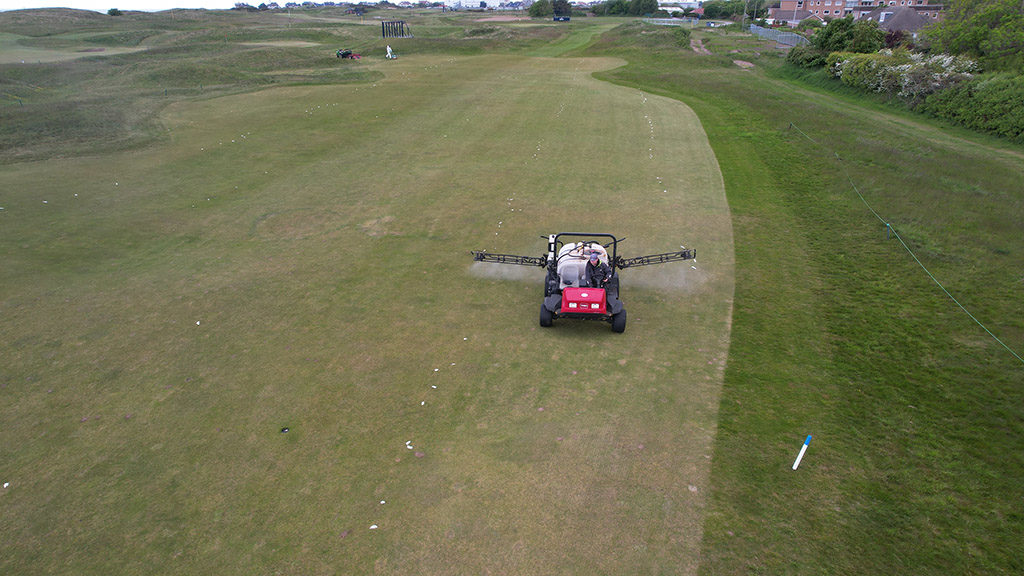
The wetting agent programme and spiking is a further tool to minimise the effects of the wet/dry cycle that exacerbates fairy ring expression. Deep watering with four mm of irrigation across the fairways under the Hoylake conditions equates to applying 500 m3, which is a significant part of the course’s allowance – so other tools have to be fully integrated to supress effects and maintain symptoms at acceptable levels in the long-term.
James also identified that Dollar spot that would normally not be expected to be seen until late summer on the course, had been identified as early as May this season. “It does appear to be getting more prevalent, but we did seem to get good levels of control with nutrition. We’re seeing it primarily on newly returfed fescue areas, but for now will continue on the route of Sportsmaster CRF Mini 15.5.15 fertiliser treatments to keep the turf strong and outgrow the infection effects,” he advised.
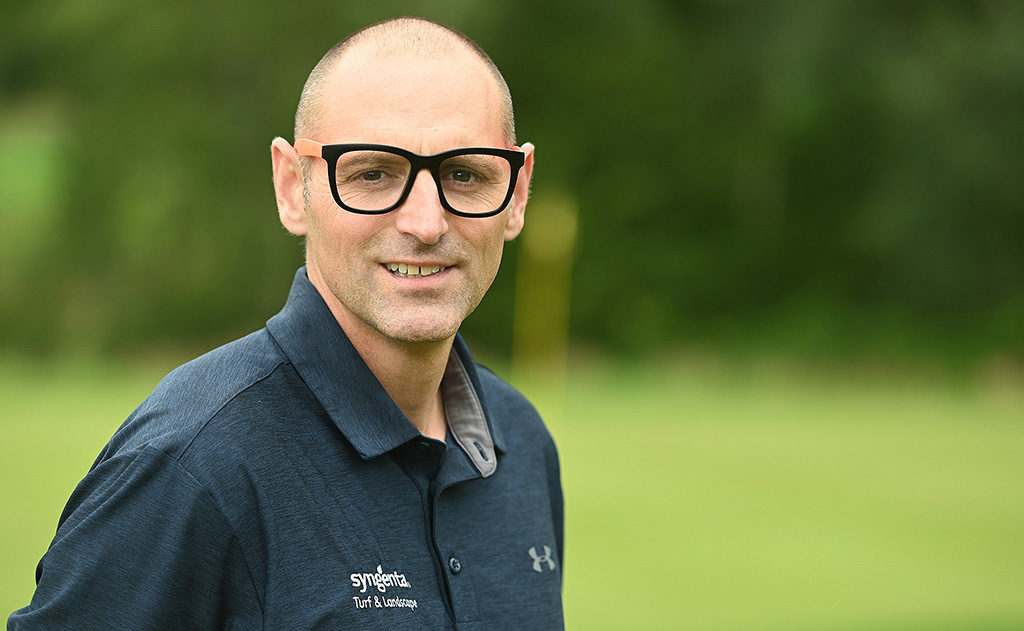
Glenn Kirby (above) highlighted the Smith Kerns Dollar spot model and weather records for Hoylake indicated that late July would be the typical timing for highest disease pressure. “It’s a real sign of the times and a worry that the disease is being seen in mid-May. Nutrition is a key element of the integrated strategy with fungicide applications.
“New research coming out of the US indicates that the interval between fertiliser applications has a significant role to play. The challenge is that it is not a links course management strategy to put out fertiliser on a little and often basis, or even at the higher levels suggested to prevent Dollar spot.” (pictured below in trials, not at Royal Liverpool).
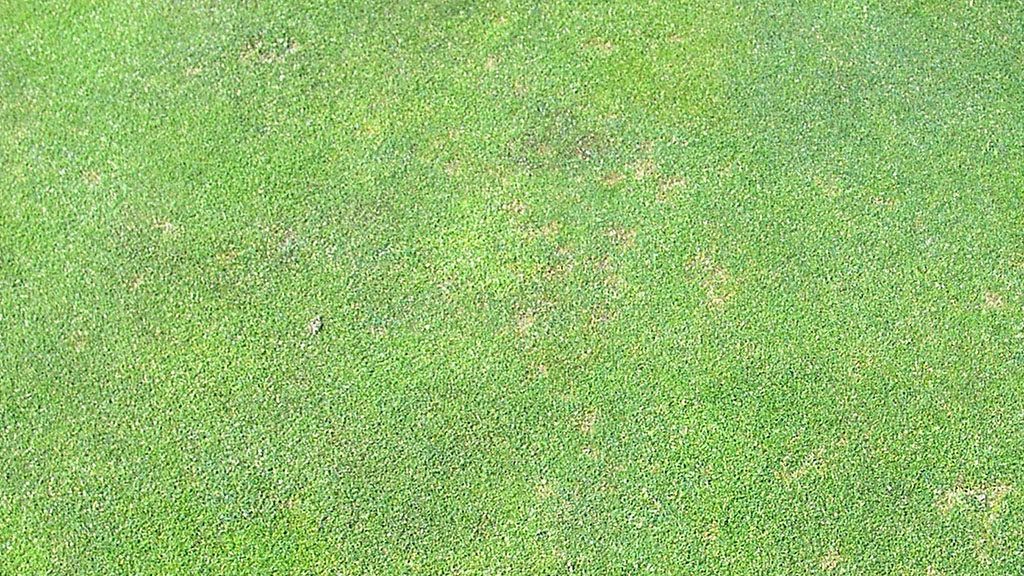
He pointed out that the UK is not yet under the same pressure as Germany or southern France for the summer stress points, and that cultural practices, including wetting agent, dew removal and tweaked nutrition programmes, can play a large part in managing the disease.
But course managers do need to be aware of the increasing risks and have an effective strategy in place as seasonal conditions change, with digital models having a key role in fungicide application timings.
To further enhance turf health in the run up to The Open, James planed his monthly nutrition programme will use a Greenmaster Pro-Lite Double K CalMag 7-0-14 fertiliser on the greens, around six weeks before the tournament, since they will be increasing the cutting regime and putting more stress on the plants. “We do need to make sure the plant is still healthy and growing well, with any opportunity to take some of the stress off it.”
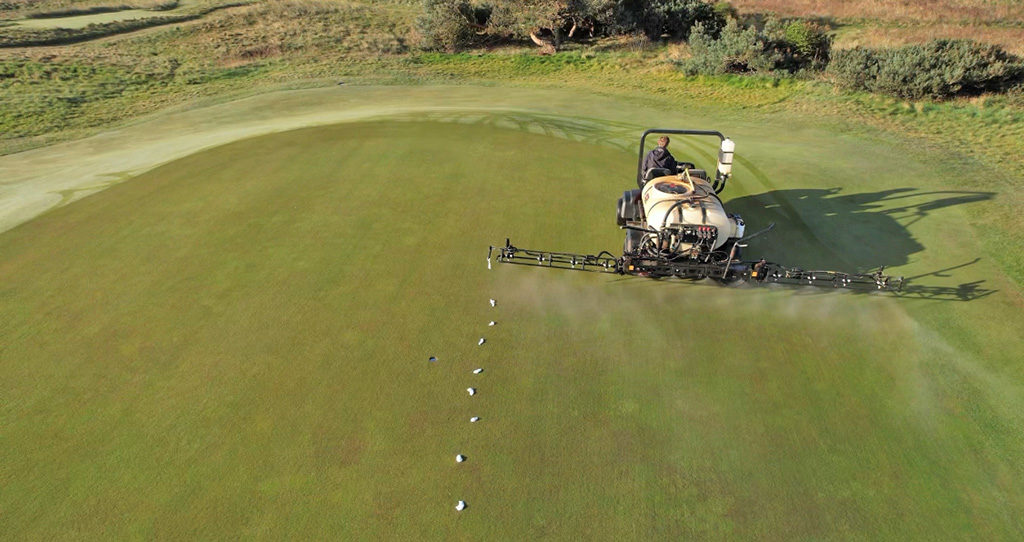
However, James is keen to emphasise that while there is a huge focus of work and intensity in preparation for The Open, it won’t have any negative impact on the course for the rest of the season or into the future.
“We’ll still have the same staff, the same budget and the same standards that we want to deliver. We want to achieve the same goals for the Club Championship in July, as we do for The Open.
“With the great history of all the greenkeeping work that’s gone on at Hoylake in the past and the good practices we have in place we can produce the playing surfaces without having to shave the turf to 2.5 mm and dry it down to 5%; we know that with the organic matter content they will continue to perform at 10-15%. And if we do have to dry down below that in the short-term to get a little bit extra speed, with the wetting agent programme and everything we have in place they will bounce back quickly.”
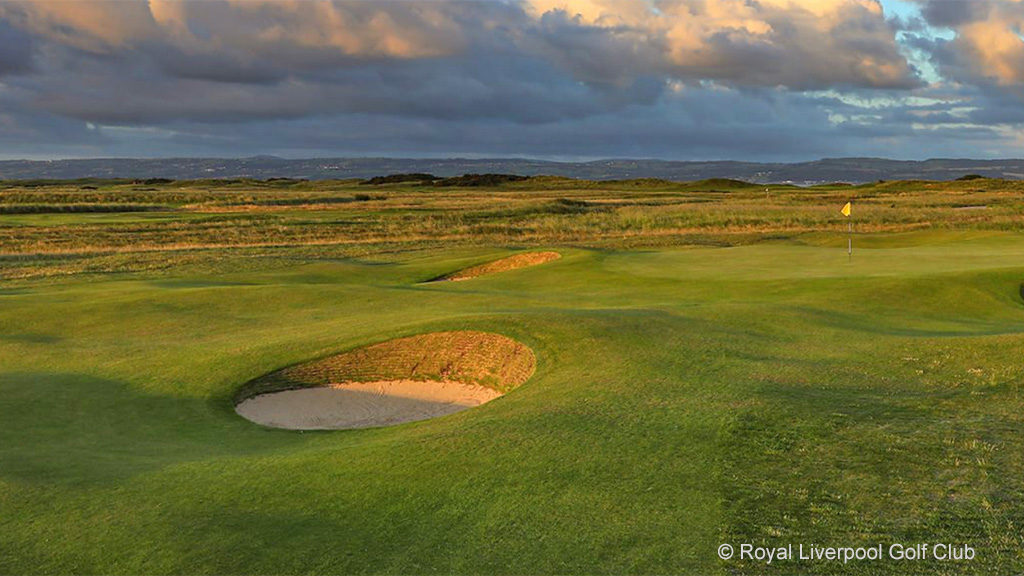
“I am 100% confident that when all the stands come down, the kilometres of fibre optic cable are taken up and the TV cameras are turned off, that the course will play exactly the same and offer visitors the same experience.”

Coming soon .... watch out for the new episode on the 17 June


